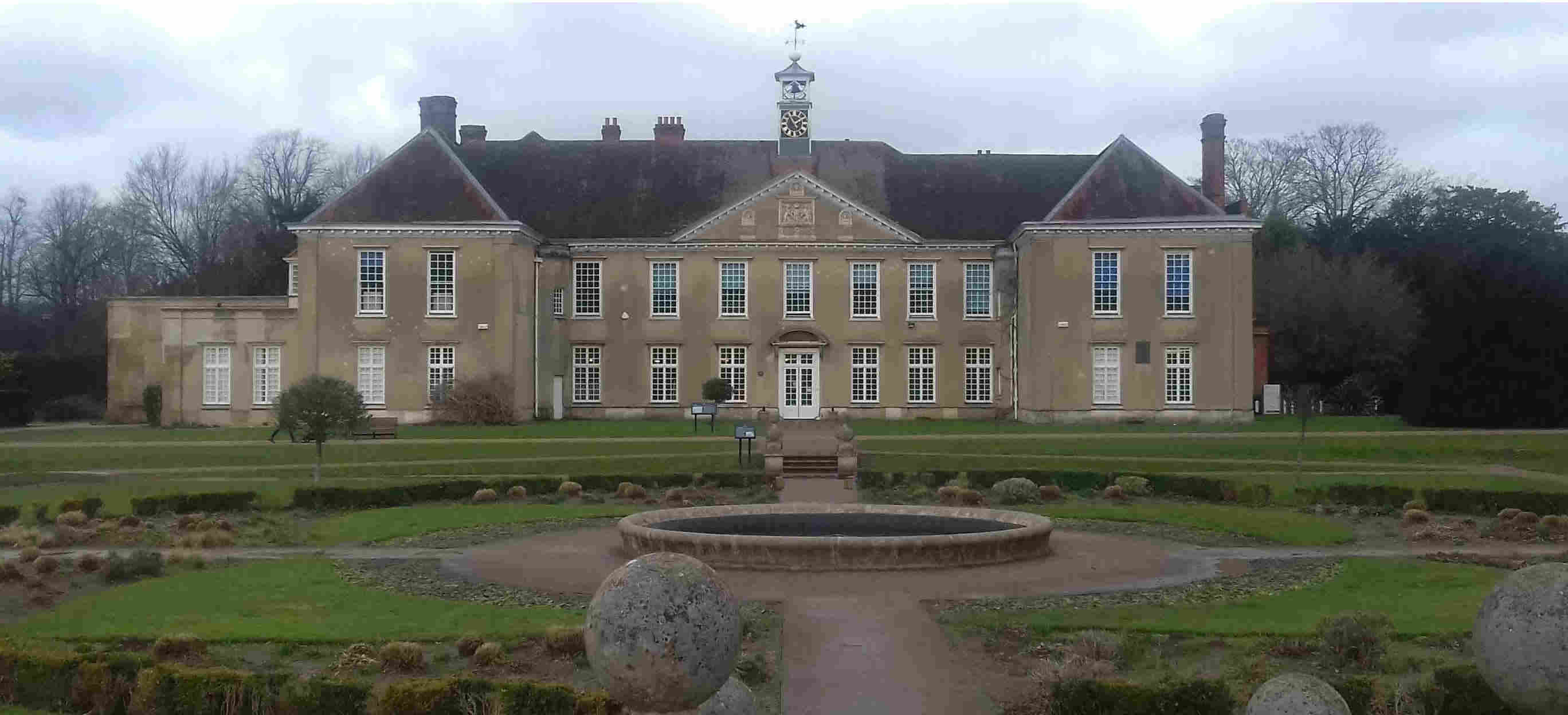The Power of the
Internet - Originally this article finshed with
this final paragraph: -
What became of the Nicholl family? We do not know.
Doubtless some survive as descendants of the four
grandchildren of Ernest Vincent Nicholl. Maybe they even
have some tangible reminders of Oakwood in the form of
old photographs. It would be great if we could discover
their whereabouts. The parishioner of St. Matthews who
provided information about the clock once met a German
lady at Gatwick airport who claimed to be married to one
of Ernest Victor’s descendants. That is all we know.
In the meantime, we residents of the estate enjoy the
view, are happy to be conveniently placed for the town,
just as the Nicholls and their servants once did. What
would they think if they could see what has become of
their once-proud possession? We can only guess.
Then the following email was received in late September
2011, just a few weeks after this page was presented on
the website: - Probably
like a great number of people I occasionally trawl the
internet to find if any new references pop up regarding
my family. I was charmed and surprised to read for the
first time a very detailed description of Oakwood House
on your website and can probably fill in some of the
detail and questions raised in the article.
My grand-father was Lt Col Vincent Nicholl (1892 -1927)
who resided at Oakwood (amongst other residences) until
his death. His father was Ernest Vincent Nicholl the son
of the Rev J R Nicholl. The manner of Ernest's
inheritance from the "original" Vincent Nicholl
was that apparently he met my grandfather as a 3 year old
in a traditional navy suit and left the bulk of his
fortune to Vincent's family much to the chagrin of many
other Nicholls who were siblings to Ernest!
He was a very
distinguished aviator in WW1 - was the youngest commander
of an air station, served with Egbert Cadbury of
chocolate fame, represented Britain in the Schneider Sea
Trophy races and was a director of Fairey Aviation where
he also test piloted a number of their planes including
the Fairey Flycatcher one of the first aircraft to be
designed to take off from carriers.
Vincent's 4 children are all deceased within the last 20
years (including my father - David Penry Vincent
Nicholl). The German lady referred to was probably my
mother! Vincent's widow (Peggy) re-married to Robin
Bartlett and they lived a peripatetic life including a
year in New Mexico with D H Lawrence's widow Frieda. I
have 2 sisters and Michael Vincent Nicholl had one son -
Charles Nicholl the historian and writer.
Going back - The Rev J R Nicholl served at St Leonards in
Streatham - was at school in Eaton where he was a close
friend of Gladstone. He was Rector for 60 years and had
some 12 or 13 children - family legend had that he built
a "daughter" church or chapel in Streatham for
each and every child as the village grew to a fair size
suberb following the introduction of railway
communication. The rectory at Streatham was demolished
after the death of his wife but it was in that house that
Lord Russell drew up the Reform Bill in the 1830s.
My aunt Joy who
died in 2005 aged 89 recalled Oakwood with affection -
particularly the gardeners (some 14 she claimed). My
sister Caroline lives in the States and currently has the
family albums - I have seen an external view of Oakwood
in better days in one of the pictures. I do not believe
that any of the Nicholl family died or
survived the Titanic!
After the WW2 my Uncle Michael inherited Oakwood - until
I saw the pictures in your article I never understood why
he sold it off but evidently such property was all too
common at that time and not worth the sort of value it
might attract even today!
I hope this is of some interest to you.
Yours sincerely,
Dr Tony Nicholl
Dr Nicholl's email is indeed of great
interest, many thanks to him for the information. He has
been put in touch with Don Burgess, the author of this
page.
|

